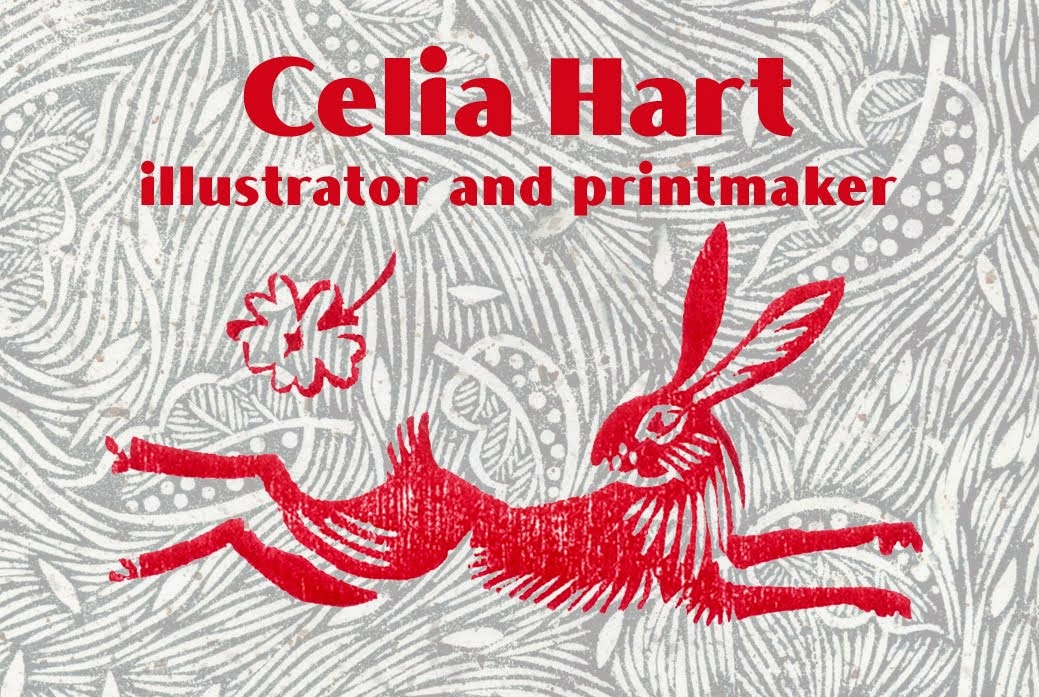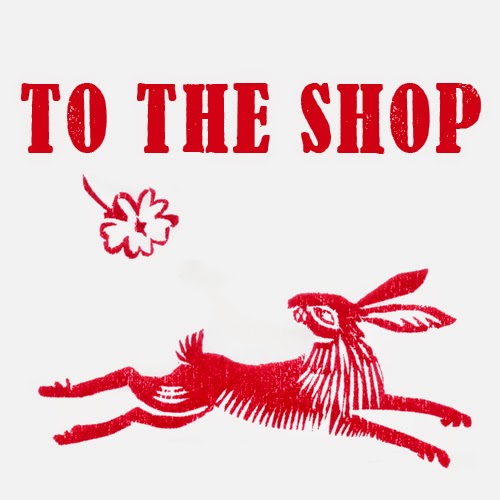You went where? Why?
As you can see in the photos in the previous blogpost, Newfoundland is a beautiful, wild and remote island; but not at the top of most folk's holiday destination list. So what prompted us to go?
About 6 years ago Cliff's aunt became very ill and we had the task of helping her move into a nursing home. Her house was sold and among the things we brought home were keepsakes that had been in Cliff's family for generations – including a writing box with a secret drawer and a print hinting of a naval connection; a Georgian snuff box and a portrait of Joseph (Cliff's GtGtGtGrandfather) painted in 1804.
Then, 2 Christmases ago, a cousin sent us a copy of the front page of a family bible, the names were familiar from what we knew of Cliff's family tree but what caught our eye was where Joseph got married . . . St John's Newfoundland!
St John's harbour
By now we wanted to see Newfoundland for ourselves, it was a good a reason as any to go there for our holiday.
Inside The Rooms
In the photo of St John's harbour at the top of this post, you'll see a huge building with pointed gables and red roofs, that is The Rooms. Inside are a theatre, galleries, a museum and exhibitions, as well as The Archives. We had two opportunities to visit while in St John's, on the first and last days of the holiday; so we headed straight to the Archives on our first day in Newfoundland.
We were able to look at facsimile copies of the handwritten marriage records from 1803, and we saw that there was more information than in the transcribed online records. The archivist told us that we could only make notes with a pencil and photographing the documents was not allowed, we copied the words carefully.
St John's, 1800
As we travelled around we began to put together a picture of what Newfoundland had been like in the early 1800s. While staying in Trinity, which was a major harbour and like St John's, a crucial part of the salt cod industry; we went on an excellent walking tour of the town and also saw The Pageant - a historical play by Rising Tide theatre company which is acted out around the town.
The Trinity Pageant
This gave us some idea of the industrial scale of the salt cod industry and the tough existence of those who worked there.
Salting Cod on the Flakes - Trinity Pageant
The hillsides around the harbours were covered with fish flakes, wooden shelves on which the salted cod fish was laid out to dry in the sun and wind, before being packed into wooden barrels and transported to Europe or to the Caribbean where the poor quality fish was bought to feed the slave labour in sugar plantations. Newfoundland was part of a triangular trade route crucial to the economy of Britain and Portugal. The French were vying for control of the key harbours, these were tumultuous times.
Fish Flakes at Bonavista Bay
Imagine miles of these wooden structures covered with salted fish and hundreds of people working to keep the fish from spoiling when it rained and packing the fish into barrels. Imagine the stench!
One thing puzzled us, although there was a naval record of HMS Iris, we couldn't find any mention of her sailing to Newfoundland. However, the flagship of the British admiral who was the governor of Newfoundland, was HMS Isis; the more we read the more the facts fitted with Joseph's story - what if the marriage record had said 'Isis' and not 'Iris'?
The Newfoundland Archives
So, was it 'HMS Isis'? It could be, but equally it could say 'HMS Iris', we could see how the transcriber had gone for a name that seemed more plausible. Then I noticed the minister who wrote the records was called 'Harries' and in every record he wrote his own name and the word 'married', both those word have 'ri' in them. He was used to writing 'ri' so if the ship was 'Iris' the letters would look the same ... they didn't! Surely it must be HMS Isis! And proves that you should always go back to the original source of the information.
The Trinity Pageant
St John's in the early 1800s
There were more names of witnesses on the handwritten record than the transcriber had put in the digital records. One was probably Ann's father, we found that he may have owned a butchery and tavern, was this where Joseph got supplies for the ship? Other witnesses were Thomas Skinner and Jane Hester Skinner, most likely this was the surveyor and architect in charge of building the British fort on top of Signal Hill, and his daughter who was the same age as Ann.
The fort that Thomas Skinner designed and built
I wondered if Ann had stood on The Lady's Lookout on Signal Hill, waiting for the Isis to return in Spring 1803, after spending the winter months in England. Had Joseph already proposed to her? Or was she hoping he might?
Waiting for her sailor
- a scene in the Trinity Pageant
- a scene in the Trinity Pageant
In November 1803 Ann sailed with Joseph to her new life as a navel officer's wife, on board HMS Isis leading a convoy of ships including captured French warships.
The view from Signal Hill
looking over the narrow entrance into
St John's harbour
St John's harbour
In January 1804 the war against Napolean's France was getting more serious, Joseph had already joined another ship, HMS Scourge, which sailed to the Dutch coast to rescue a captured British merchant ship. Joseph rowed a boat under gunfire to help in the rescue and was commended for his bravery. Was this that prompted him getting his likeness painted in June 1804, was this a gift for Ann in case he didn't survive the next voyage?
Joseph had a long career in the navy as a purser/paymaster, a position that was gaining more respect and importance. He retired in his 60's with a naval pension.
So, raise a glass and toast Joseph and Ann, without whom we would never have thought of going to Newfoundland and having a wonderful adventure.
Celia
xx

































